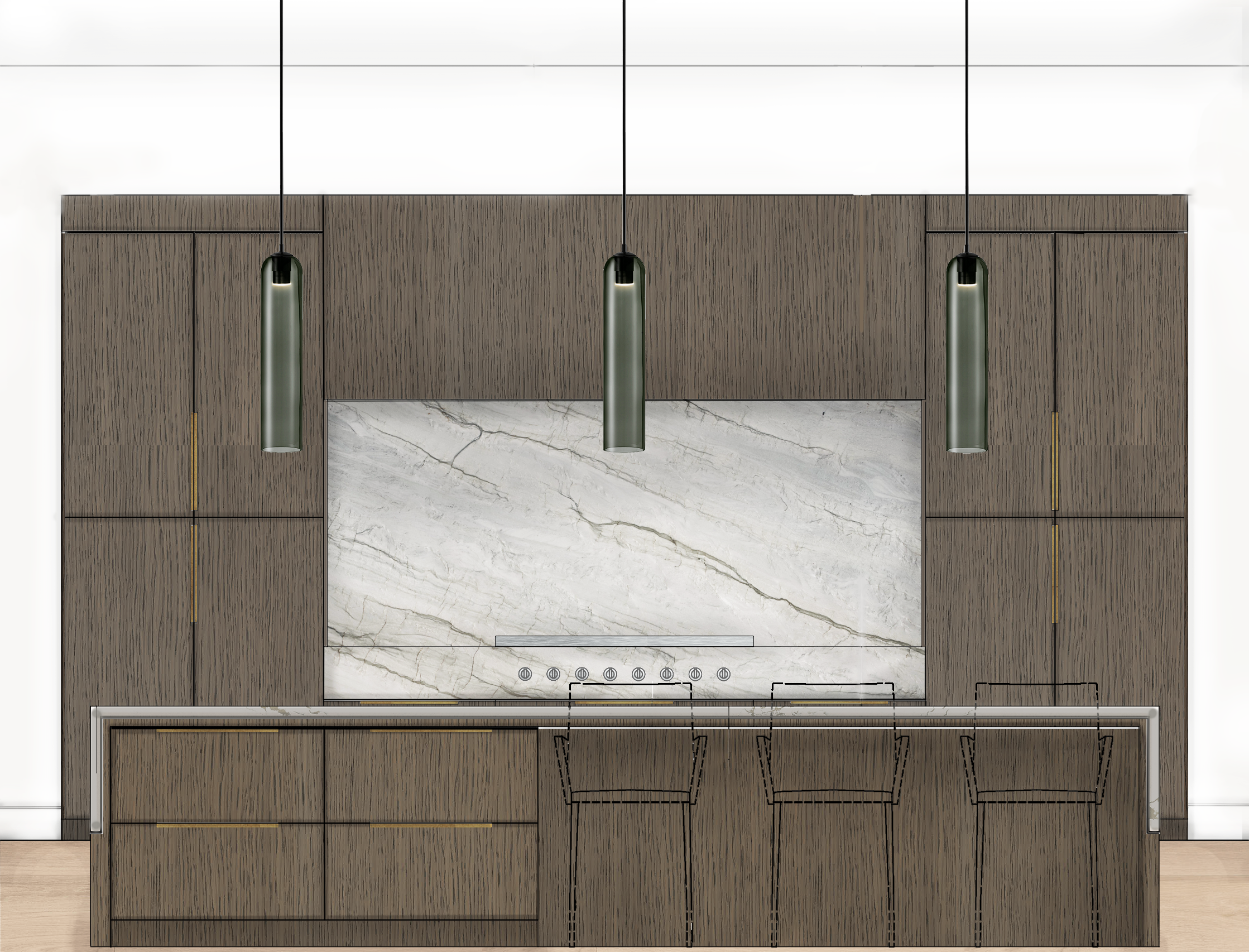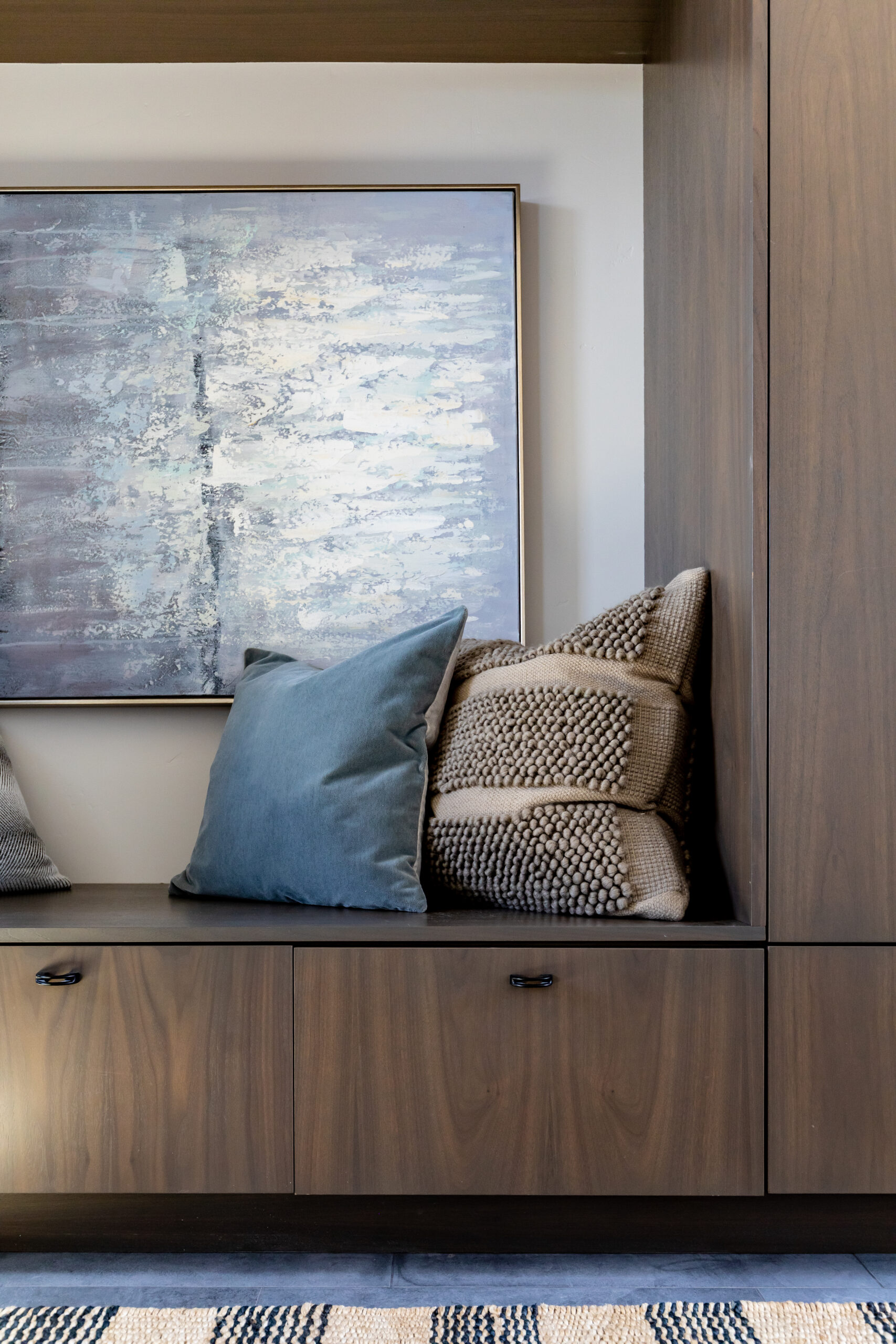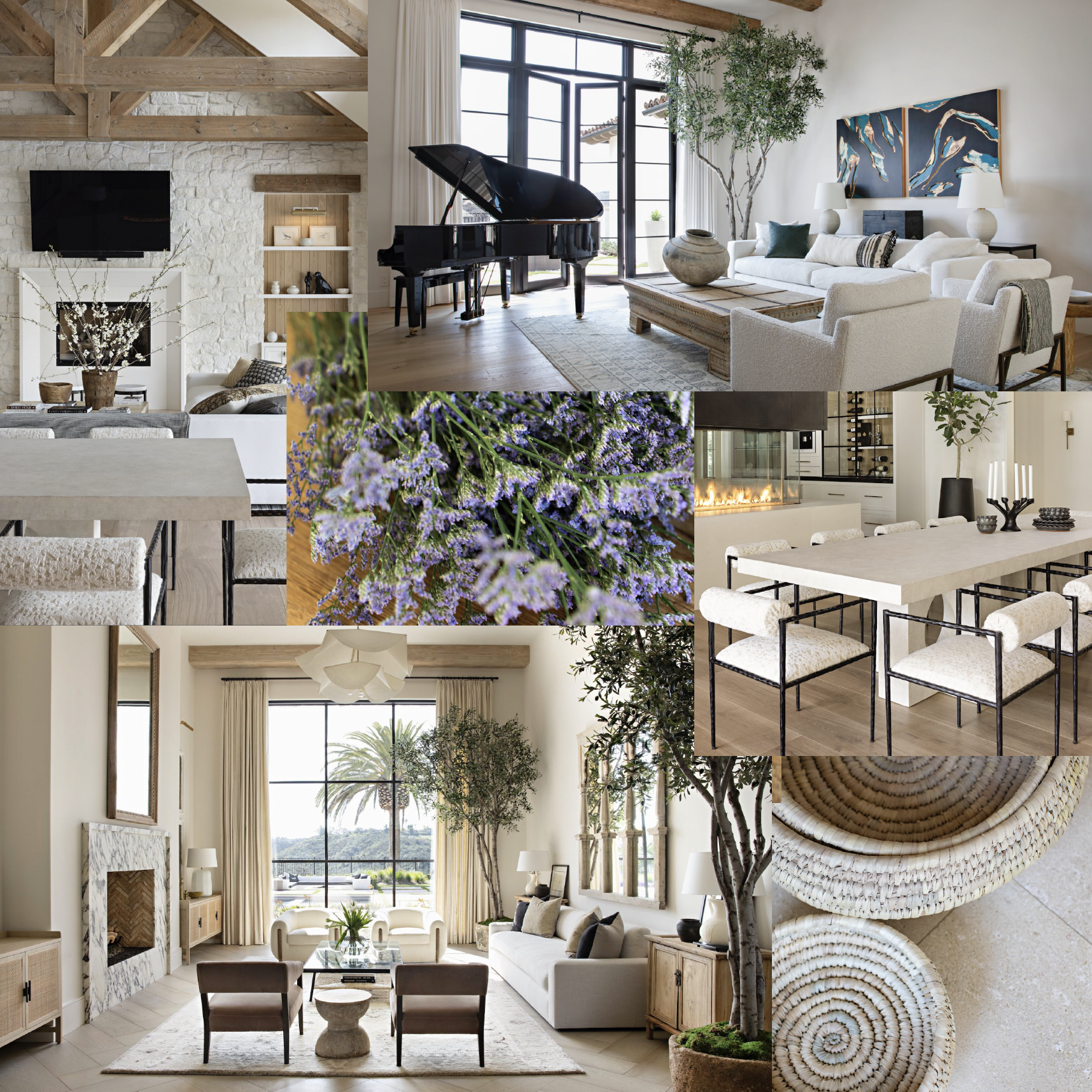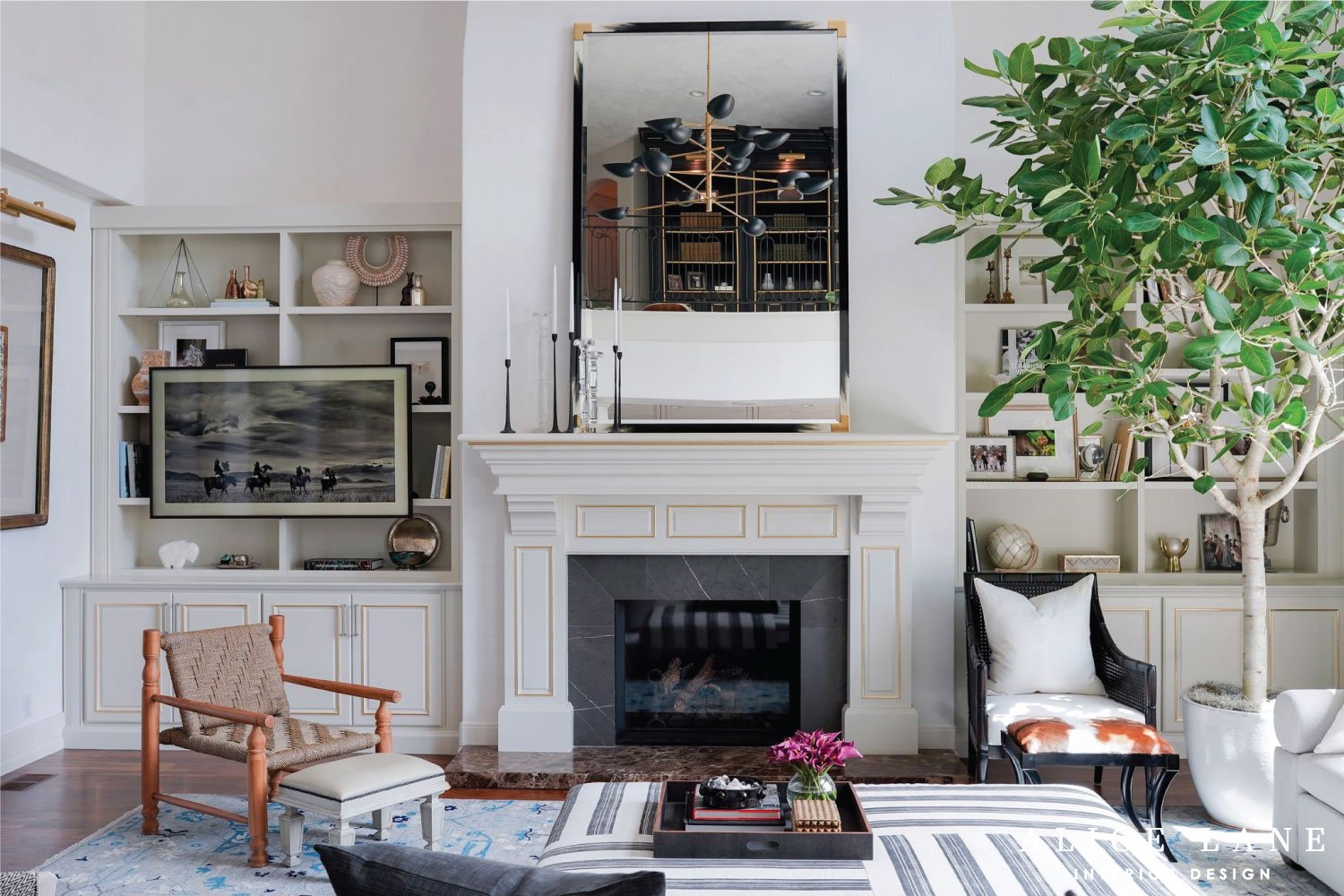How Interior Design works to transform spaces
Interior design is a harmonious blend of art and science, working together to create spaces that are not only visually appealing but also functional and conducive to well-being. Dive in with us, as we get into how interior design works, exploring the key principles and processes that designers employ to transform environments.
Understanding the Client’s Needs:
The foundation of any successful interior design project lies in a deep understanding of the client’s needs, preferences, and lifestyle. Designers engage in thorough consultations to grasp the client’s vision, functional requirements, and the atmosphere they wish to create in their space. This initial step sets the stage for a personalized and tailored design approach.

Space Planning and Layout:
Space planning is a crucial aspect of interior design, involving the strategic arrangement of furniture, fixtures, and elements within a given space. Designers carefully consider traffic flow, functionality, and the purpose of each area to optimize the use of space. Effective space planning ensures a seamless and efficient layout that aligns with the client’s objectives.
Color Palette Selection:
Color psychology plays a pivotal role in interior design, influencing emotions and perceptions. Designers choose color palettes that complement the overall theme of the space and evoke the desired mood. Whether it’s creating a cozy and intimate atmosphere with warm tones or promoting focus and tranquility through cooler hues, color selection is a deliberate and thoughtful process.

Materials and Textures:
The choice of materials and textures contributes to the tactile and visual experience of a space. Interior designers consider factors such as durability, maintenance, and aesthetic appeal when selecting materials for flooring, walls, and furnishings. The interplay of various textures adds depth and visual interest, enhancing the overall design aesthetic.
Lighting Design:
Lighting is a transformative element in interior design, influencing both the ambiance and functionality of a space. Designers strategically plan lighting layouts to ensure adequate illumination for various activities. Natural light is often maximized, and artificial lighting is carefully chosen to create layers, emphasizing focal points and enhancing the overall atmosphere.
Furniture and Furnishings:
The selection of furniture and furnishings is a pivotal aspect of interior design. Designers curate pieces that align with the design concept, provide comfort, and fulfill the functional needs of the space. Attention is given to scale, proportion, and the overall composition to achieve a harmonious and balanced arrangement.

Attention to Detail:
Interior design is all about the details. Designers meticulously attend to small details such as hardware, accessories, and decor elements that add the finishing touches to a space. These details contribute to the overall cohesion and aesthetic integrity of the design.
Evolving Styles and Trends:
Interior design is a dynamic field that evolves with time. Designers stay abreast of current trends, materials, and technologies to bring fresh and innovative ideas to their projects. Balancing timeless elements with contemporary trends ensures that designs remain relevant and enduring.
Interior design is a thoughtful, intricate, and detailed process that doesn’t always necessitate further education but is most often significantly enhanced by it. It’s through this expertise that we, as interior designers, alleviate the pressure that home designing can bring, and maximize spaces and values to elevate our clients’ quality of life.




